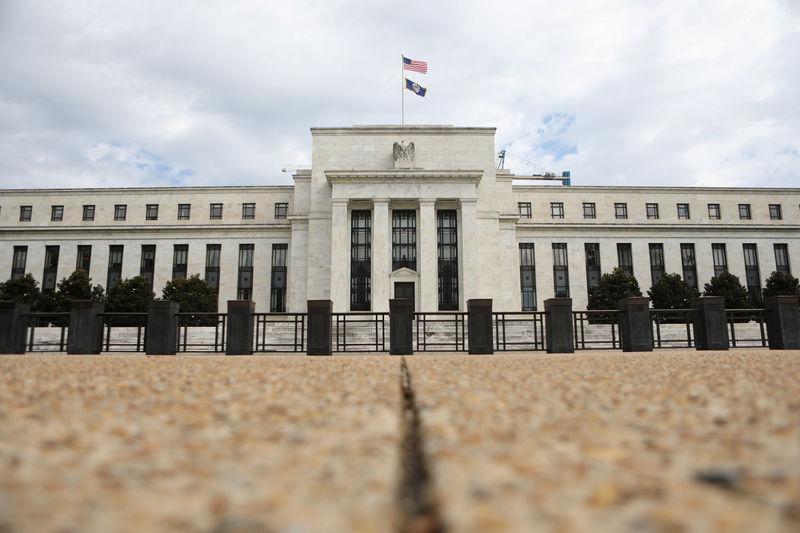(Bloomberg) -- Investors are confident that the Federal Reserve’s monetary policy is independent of political influence. Yet President Donald Trump’s criticism of Jerome Powell and his rate increases isn’t making things any easier for the Fed chair as stock prices tumble.
Tumult in equities and tightening financial conditions have altered the course of Fed policy before, most recently in 2016, when the central bank signaled four rate hikes for that year and then only carried out one. For now, the Fed hasn’t suggested that tumbling shares risk altering its tightening plans. However, Trump’s badgering doesn’t create the best optics if officials do want to potentially pause should confidence in the markets and the economic outlook deteriorate markedly.
Trump stepped up his attacks on Powell on Tuesday, saying he “maybe” regrets appointing him. The president also said he’s intentionally sending a direct message that he wants lower rates. The criticism by Trump -- who’s previously touted equities gains as evidence of his success -- seems to align with slides in the S&P 500 Index.
“Trump is very politically savvy,” said Marc Chandler, chief market strategist at Bannockburn Global Forex. “If the stock market sells off he’s got a target -- it’s the Fed’s fault. And if the Fed does begin to pause then Trump will be able to claim it as a victory. This puts Powell in a no-win situation.”
In September, the Fed lifted rates for the sixth time since Trump took office, although it was the first move since the president began complaining about Powell. Officials are signaling another hike this year and three more in 2019. Trump’s hardly the first president to pressure Fed chairs to keep rates low. Both Lyndon Johnson and Richard Nixon did so.
Gauging the Sell-off
The S&P 500 has dropped almost 8 percent since peaking in September, still short of the 10 percent threshold that classically defines a correction. Still, the current sell-off concerns some investors because of the persistence of the losses. Since last month’s high, stocks have dropped roughly twice the frequency of the last three corrections.
Back in 2016, stocks got off to an ugly start. From the end of December, the S&P 500 fell 12 percent before bottoming in February. Fed officials wound up backing off plans for more aggressive rate hikes amid the financial-market turmoil, which was triggered by concern over slowing Chinese growth. Inflation was also running too low at the time.
“The Fed should be of strong enough character that regardless of what the president is saying about them, that if it’s the right policy to change course then they should change course,” said Jim Bianco, president of Bianco Research LLC.
‘Back Channels’
Powell has time before having to make any tough decisions. The S&P 500 would have to fall 15 to 20 percent to raise the odds of the Fed altering policy, according to Krishna Guha, head of central bank strategy at Evercore ISI.
Absent a Fed shift, it’s Trump himself who could act as a catalyst for the market, depending on whether he moves to ease trade tensions. Yet his “market sensitivity does not mean that Trump will make significant policy changes on any topic including trade based upon short-term market volatility,” Guha wrote.
Money-market traders have already trimmed bets on how many rate increases they see over the next year. That, combined with haven buying, have pushed the benchmark 10-year yield down to 3.12 percent, from a seven-year high of 3.26 percent touched Oct. 9.
The market has to understand “that this is fluid and the president’s comments are not unusual from the White House,” said Quincy Krosby, chief market strategist at Prudential Financial Inc (NYSE:PRU). “But it’s usually in essence kept at the White House and sent through back channels to the Fed.”
